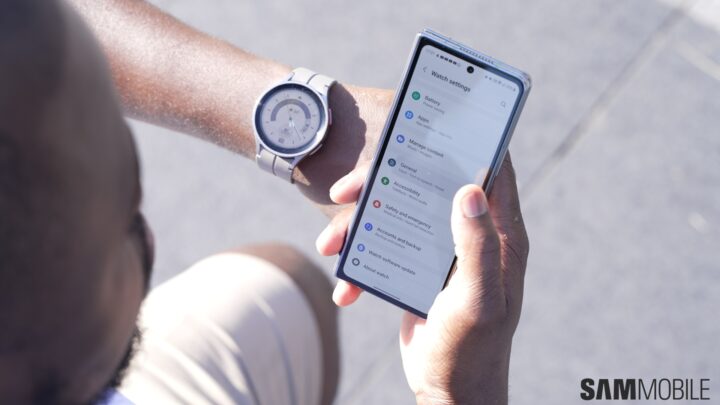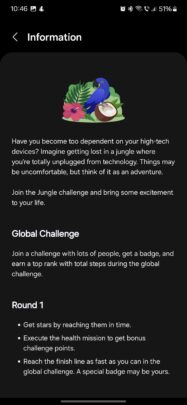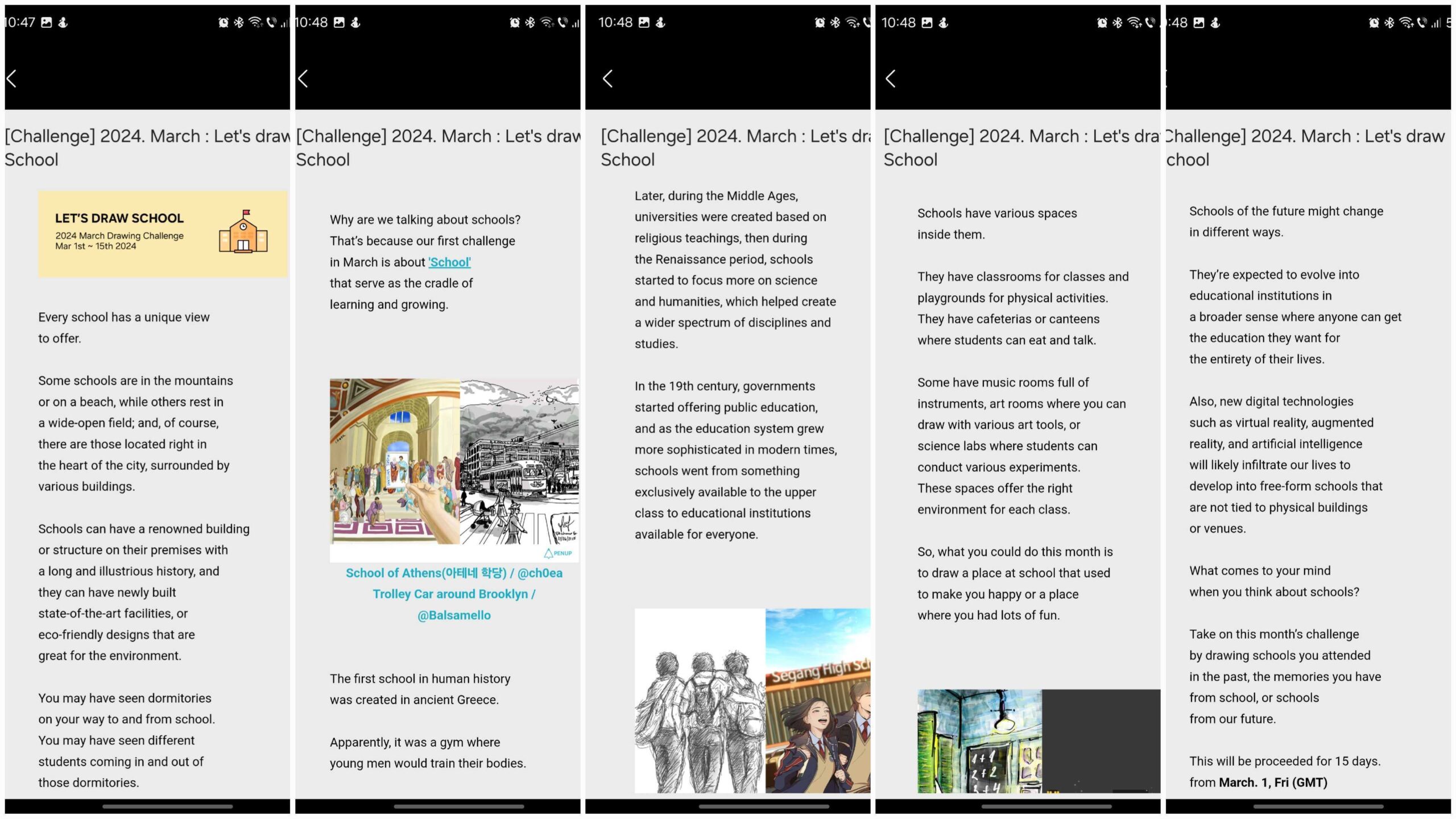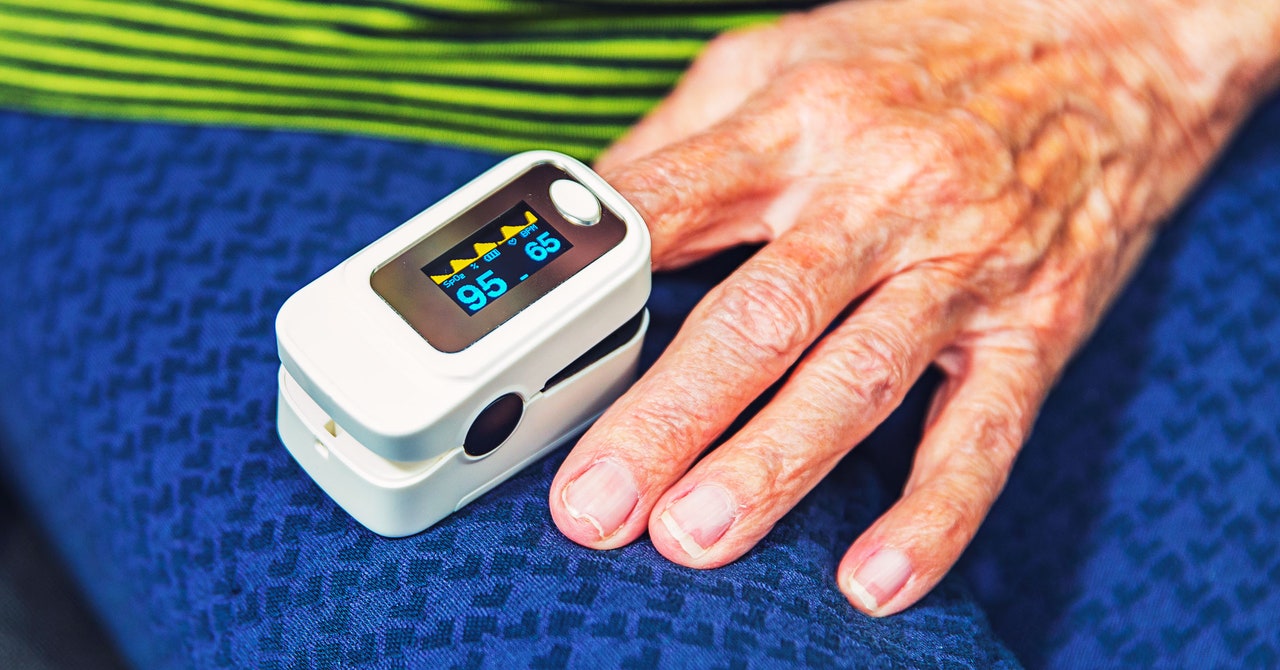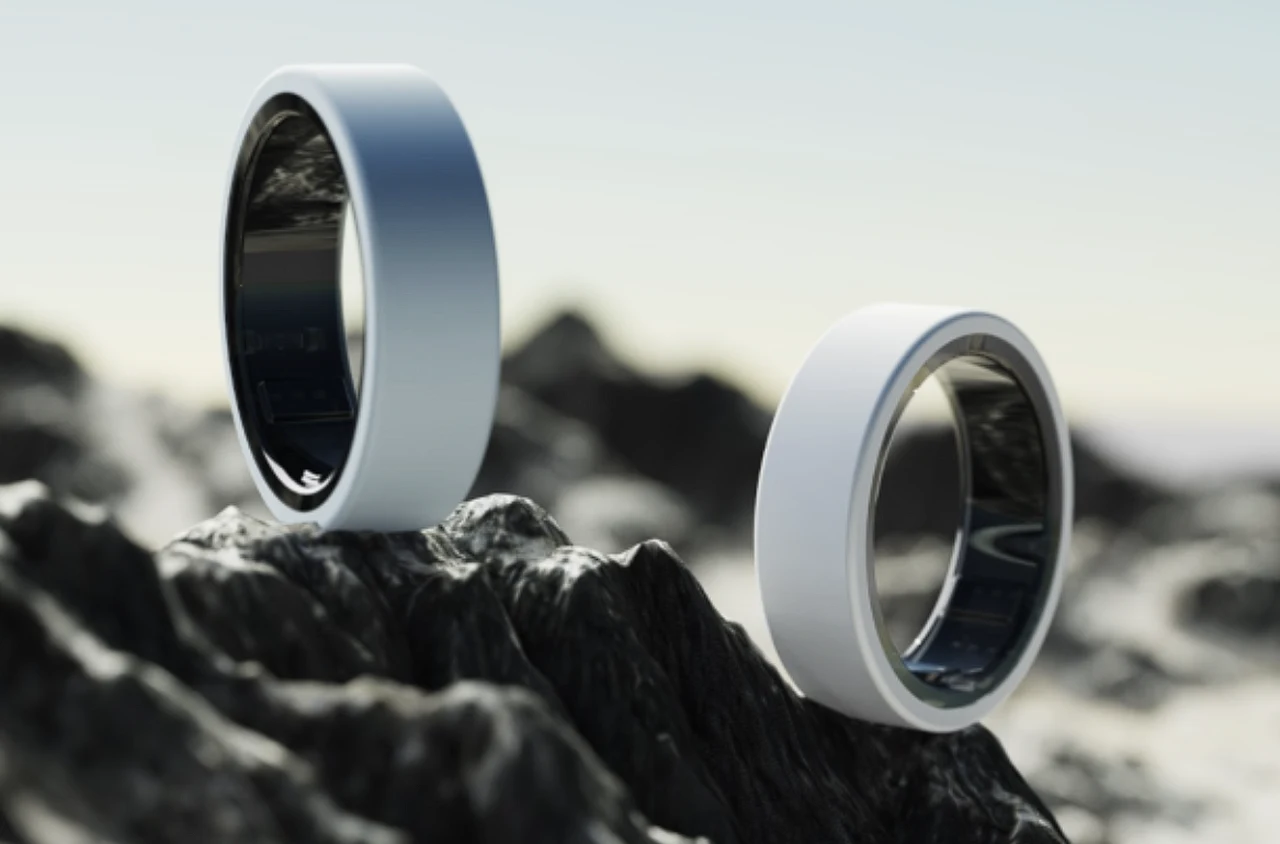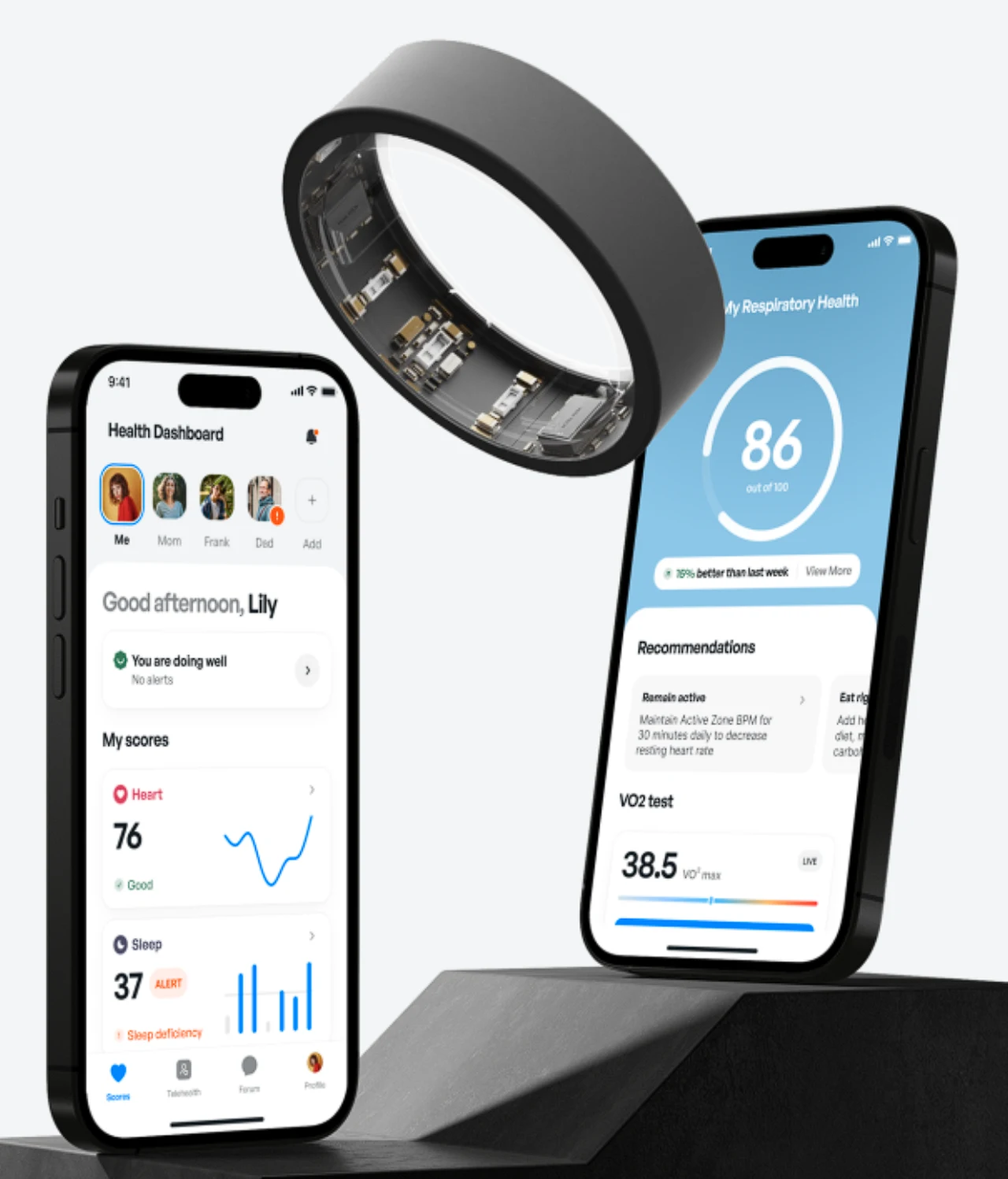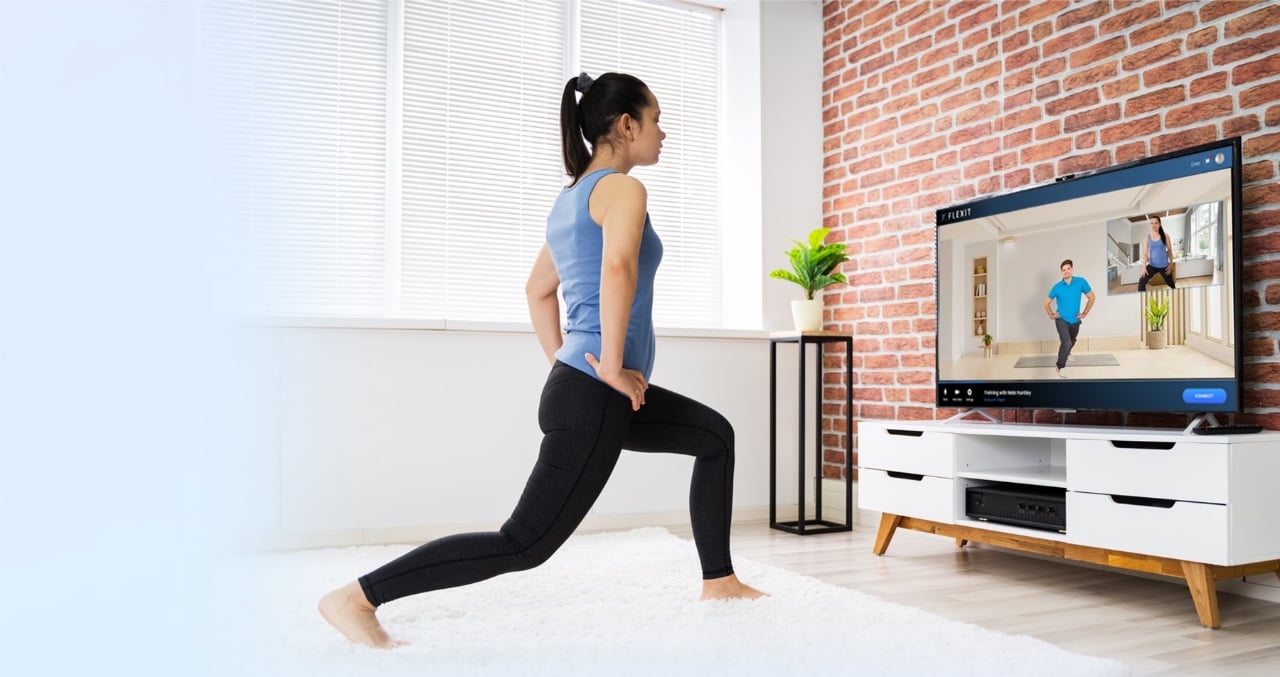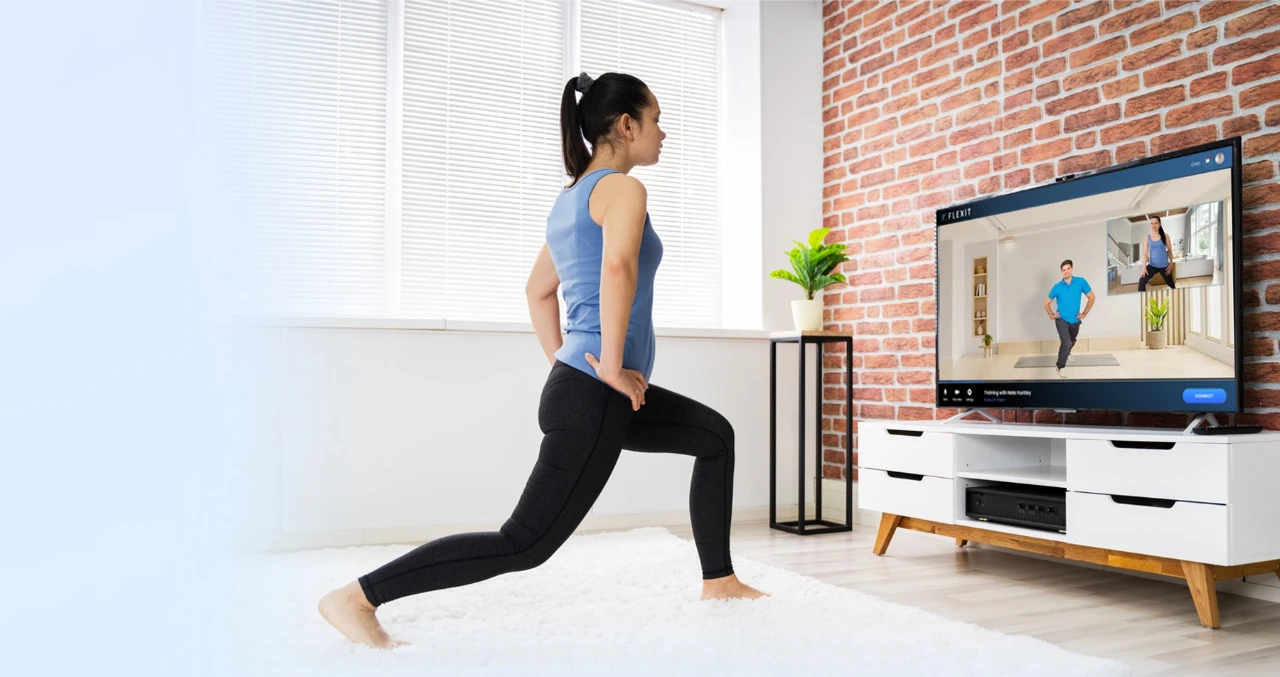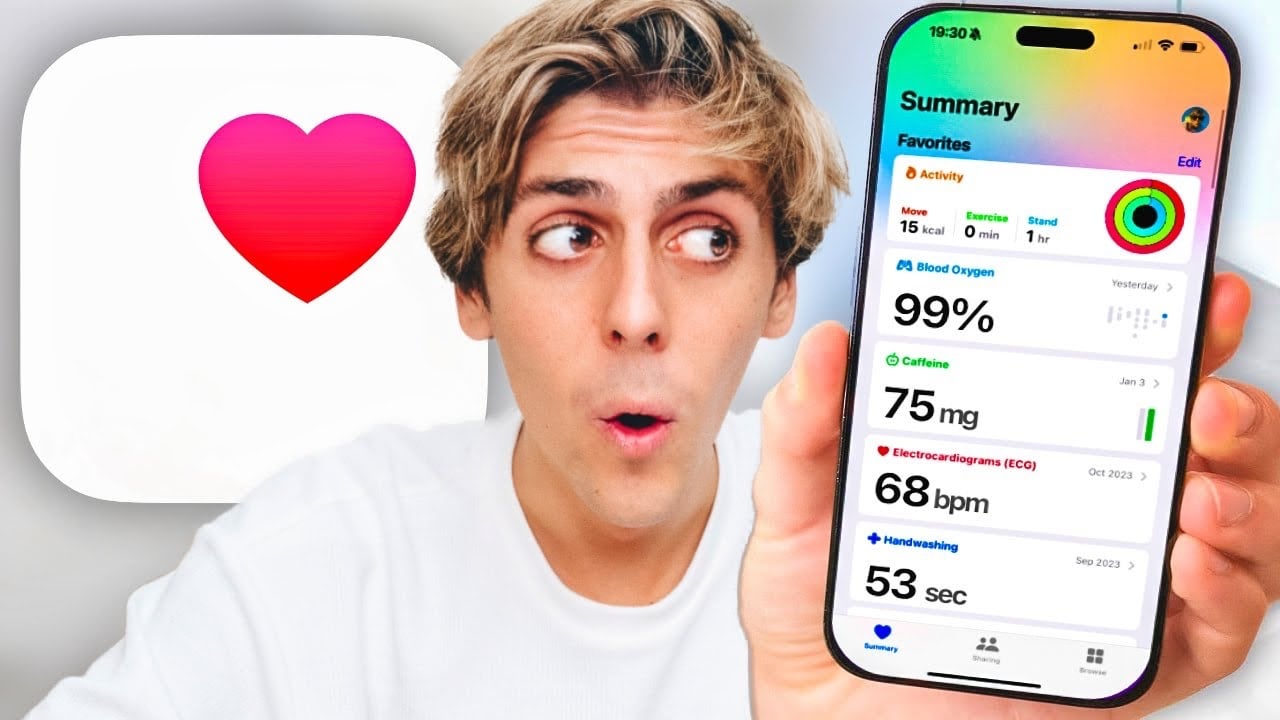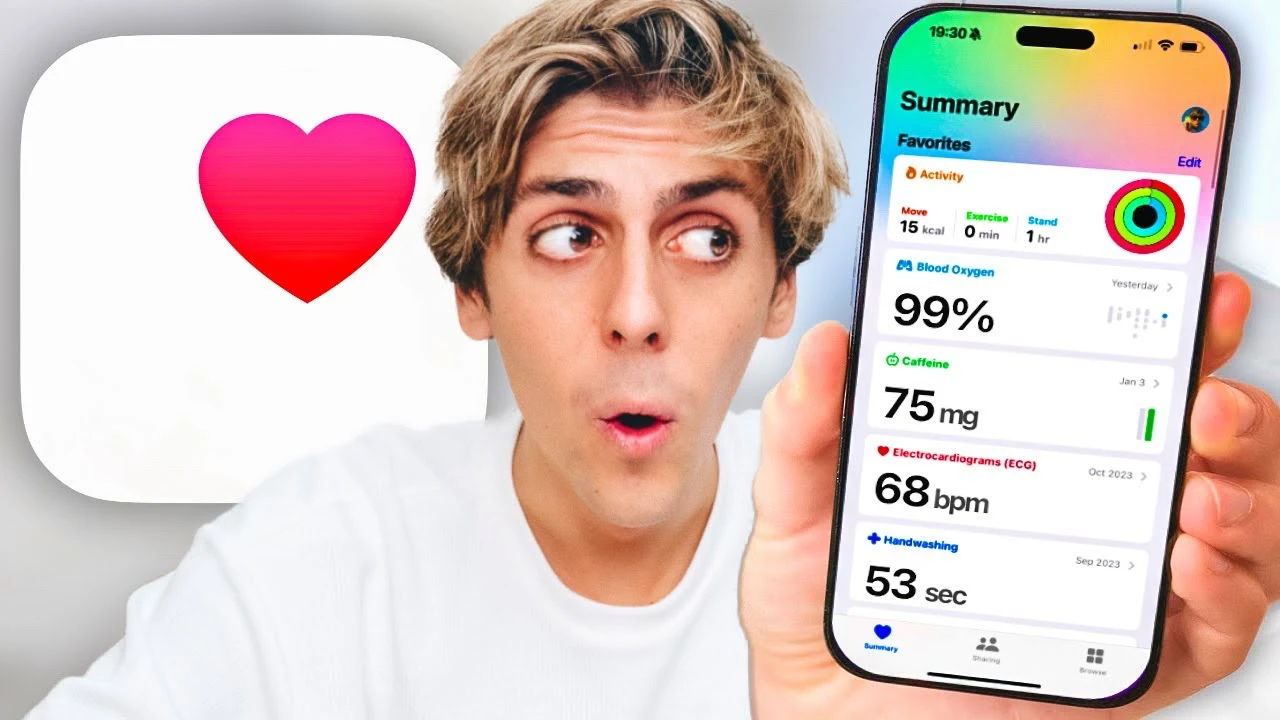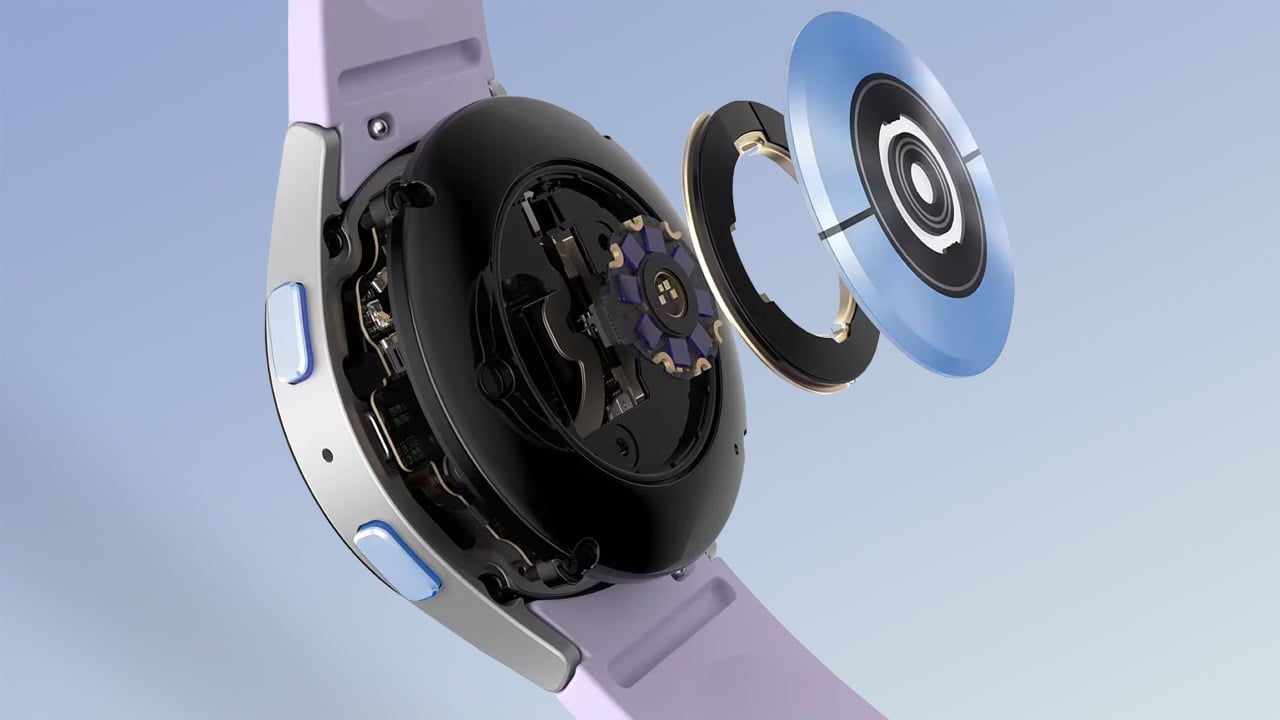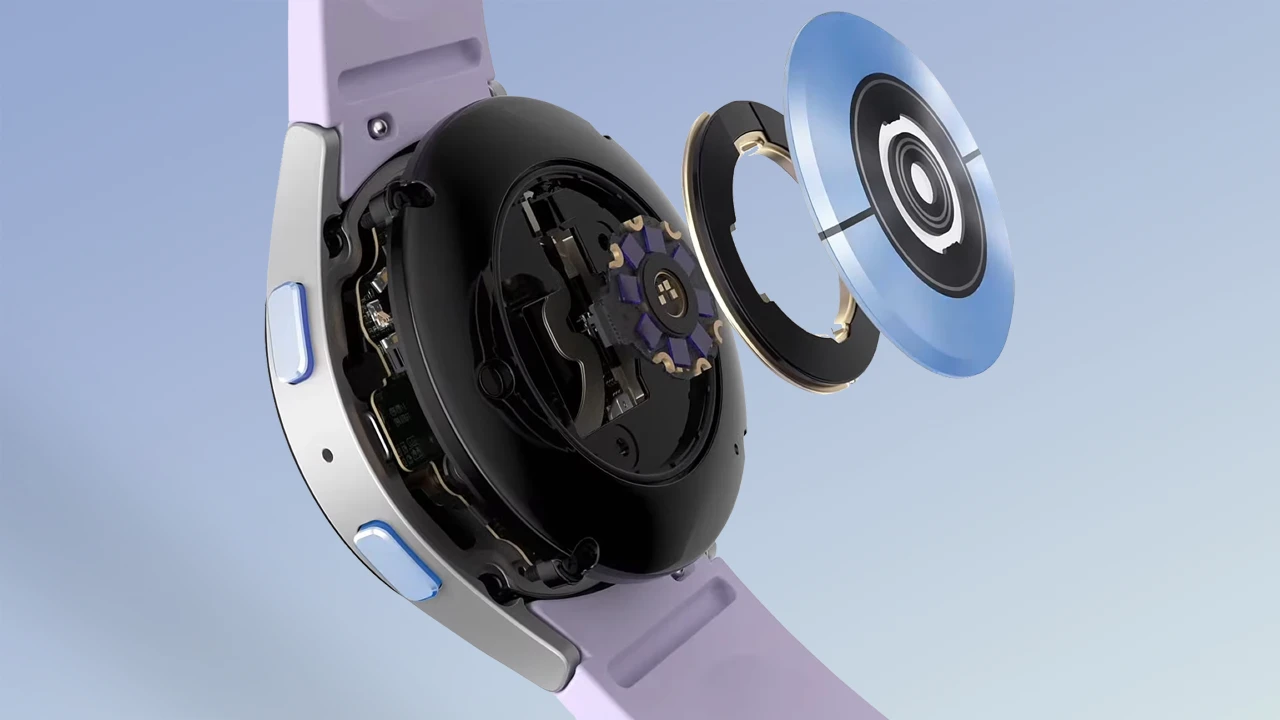[ad_1]
Plastics are just about everywhere — food packaging, tyres, clothes, water pipes. And they shed microscopic particles that end up in the environment and can be ingested or inhaled by people.
Now the first data of their kind show a link between these microplastics and human health. A study of more than 200 people undergoing surgery found that nearly 60% had microplastics or even smaller nanoplastics in a main artery1. Those who did were 4.5 times more likely to experience a heart attack, a stroke or death in the approximately 34 months after the surgery than were those whose arteries were plastic-free.
“This is a landmark trial,” says Robert Brook, a physician-scientist at Wayne State University in Detroit, Michigan, who studies the environmental effects on cardiovascular health and was not involved with the study. “This will be the launching pad for further studies across the world to corroborate, extend and delve into the degree of the risk that micro- and nanoplastics pose.”
But Brook, other researchers and the authors themselves caution that this study, published in The New England Journal of Medicine on 6 March, does not show that the tiny pieces caused poor health. Other factors that the researchers did not study, such as socio-economic status, could be driving ill health rather than the plastics themselves, they say.
Plastic planet
Scientists have found microplastics just about everywhere they’ve looked: in oceans; in shellfish; in breast milk; in drinking water; wafting in the air; and falling with rain.
Such contaminants are not only ubiquitous but also long-lasting, often requiring centuries to break down. As a result, cells responsible for removing waste products can’t readily degrade them, so microplastics accumulate in organisms.
Microplastics are everywhere — but are they harmful?
In humans, they have been found in the blood and in organs such as the lungs and placenta. However, just because they accumulate doesn’t mean they cause harm. Scientists have been worried about the health effects of microplastics for around 20 years, but what those effects are has proved difficult to evaluate rigorously, says Philip Landrigan, a paediatrician and epidemiologist at Boston College in Chestnut Hill, Massachusetts.
Giuseppe Paolisso, an internal-medicine physician at the University of Campania Luigi Vanvitelli in Caserta, Italy, and his colleagues knew that microplastics are attracted to fat molecules, so they were curious about whether the particles would build up in fatty deposits called plaques that can form on the lining of blood vessels. The team tracked 257 people undergoing a surgical procedure that reduces stroke risk by removing plaque from an artery in the neck.
Blood record
The researchers put the excised plaques under an electron microscope. They saw jagged blobs — evidence of microplastics — intermingled with cells and other waste products in samples from 150 of the participants. Chemical analyses revealed that the bulk of the particles were composed of either polyethylene, which is the most used plastic in the world and is often found in food packaging, shopping bags and medical tubing, or polyvinyl chloride, known more commonly as PVC or vinyl.

Microplastic particles (arrows) infiltrate a living immune cell called a macrophage that was removed from a fatty deposit in a study participant’s blood vessel.Credit: R. Marfella et al./N Engl J Med
On average, participants who had more microplastics in their plaque samples also had higher levels of biomarkers for inflammation, analyses revealed. That hints at how the particles could contribute to ill health, Brook says. If they help to trigger inflammation, they might boost the risk that a plaque will rupture, spilling fatty deposits that could clog blood vessels.
Compared to participants who didn’t have microplastics in their plaques, participants who did were younger; more likely to be male; more likely to smoke and more likely to have diabetes or cardiovascular disease. Because the study included only people who required surgery to reduce stroke risk, it is unknown whether the link holds true in a broader population.
Brook is curious about the 40% of participants who showed no evidence of microplastics in their plaques, especially given that it is nearly impossible to avoid plastics altogether. Study co-author Sanjay Rajagopalan, a cardiologist at Case Western Reserve University in Cleveland, Ohio, says it’s possible that these participants behave differently or have different biological pathways for processing the plastics, but more research is needed.
Stalled progress
The study comes as diplomats try to hammer out a global treaty to eliminate plastic pollution. In 2022, 175 nations voted to create a legally binding international agreement, with a goal of finalizing it by the end of 2024.
Researchers have fought for more input into the process, noting that progress on the treaty has been too slow. The latest study is likely to light a fire under negotiators when they gather in Ottawa in April, says Landrigan, who co-authored a report2 that recommended a global cap on plastic production.
While Rajagopalan awaits further data on microplastics, his findings have already had an impact on his daily life. “I’ve had a much more conscious, intentional look at my own relationship with plastics,” he says. “I hope this study brings some introspection into how we, as a society, use petroleum-derived products to reshape the biosphere.”
[ad_2]
Source Article Link



